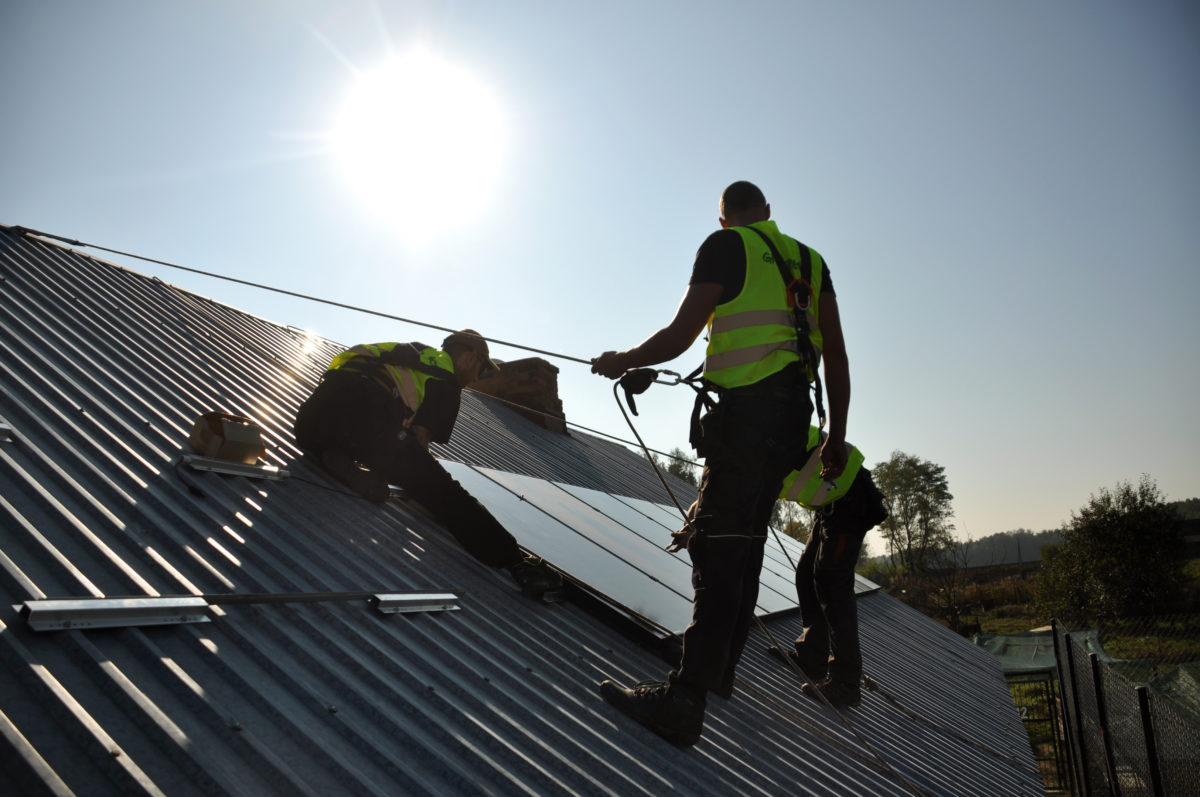The U.K.’s Renewable Energy Association (REA) and Solar Trade Association (STA) have both applauded today’s government announcement that it will make available £557 million ($735 million) for ‘less established’ clean energy technologies, but were quick to remind ministers that it is now two-and-a-half years since solar was last given access to clean power support.
Energy minister Richard Harrington MP confirmed that the sum would be made available in the next Contracts for Difference (CfD) auctions, scheduled for 2019. The budget is designed to support those clean energy technologies deemed less well-established, including offshore wind – despite the U.K. boasting one of the world’s strongest offshore wind fleets – energy from waste, marine power and biomass CHP.
Onshore wind and solar power will once again be blocked from competing for subsidy – a fact that was met with dismay by the REA.
“The last auction showed what government support and consistency can do for an industry, with offshore wind showing incredible cost reductions,” said REA head of policy and external affairs James Court. “Yet we still find ourselves in a situation where the government will support new nuclear, new gas, new diesel, yet won’t support the most cost-effective technologies such as solar, onshore wind and biomass, which are still blocked to market.”
Court warned that the British government’s apparent blind spot on solar could see the country “left behind globally” if the government does not start supporting all technologies that can help drive the U.K. towards a more decentralized energy future.
The STA, meanwhile, has joined with seven major renewable energy investors in writing to the Secretary of State for Business, Energy and Industrial Strategy (BEIS) Greg Clark, calling for solar to be brought back into contention for subsidy as part of the Clean Growth Strategy.
One signatory of the letter was Foresight Solar Fund, a leading PV developer in the U.K. The company’s Matt Black said that while it is encouraging that the days when solar was reliant on public subsidy are over, the industry still needs a route to market to enable it to compete.
“The cost reductions seen in solar over the last 10 years mean that solar offers the lowest generation costs in many markets globally,” Black said. “Competitive auctions drive significant cost reductions, as can be seen by the recent auction result for offshore wind. The UK has a leading solar industry which would be able to deliver cost-effective new generation if it was provided with fair market access.”
The STA’s argument is that solar can deliver clean power at around £50 – £54/MWh by 2020, which would make it effectively net subsidy-free by that date – provided it gets a final push by being able to compete in the next CfD auction.
The last time solar was eligible for CfD funding was in 2015, when it secured the three lowest CfD contract rates in Pot 1. Since the closing of the ROC scheme in April last year, solar has enjoyed almost zero financial support from government – support that has been lavished on other, less competitive technologies.
“Solar has delivered incredible cost reductions and can continue to demonstrate this in the marketplace if it is given policy certainty and fair access,” said STA CEO Paul Barwell. “The U.K. needs a balance of low carbon generation and solar with storage is an essential part of that mix. Recent wind prices are good, but consumers will benefit from even lower prices and faster decarbonisation when the Government provides a level playing field that enables solar power to compete for long-term CfD contracts. We hope the Clean Growth Strategy will tomorrow move to level the playing field for solar power.”
Last month, British developer Anesco commissioned the U.K.’s first subsidy-free solar farm: a 10 MW installation collocated with a 6 MW battery storage system.
This content is protected by copyright and may not be reused. If you want to cooperate with us and would like to reuse some of our content, please contact: editors@pv-magazine.com.



This certainly bodes well for the industry and clean energy, as an advocate of less tax burden is a better deal but the government can provide assistance with prudence. Solar in the UK should lead by example!